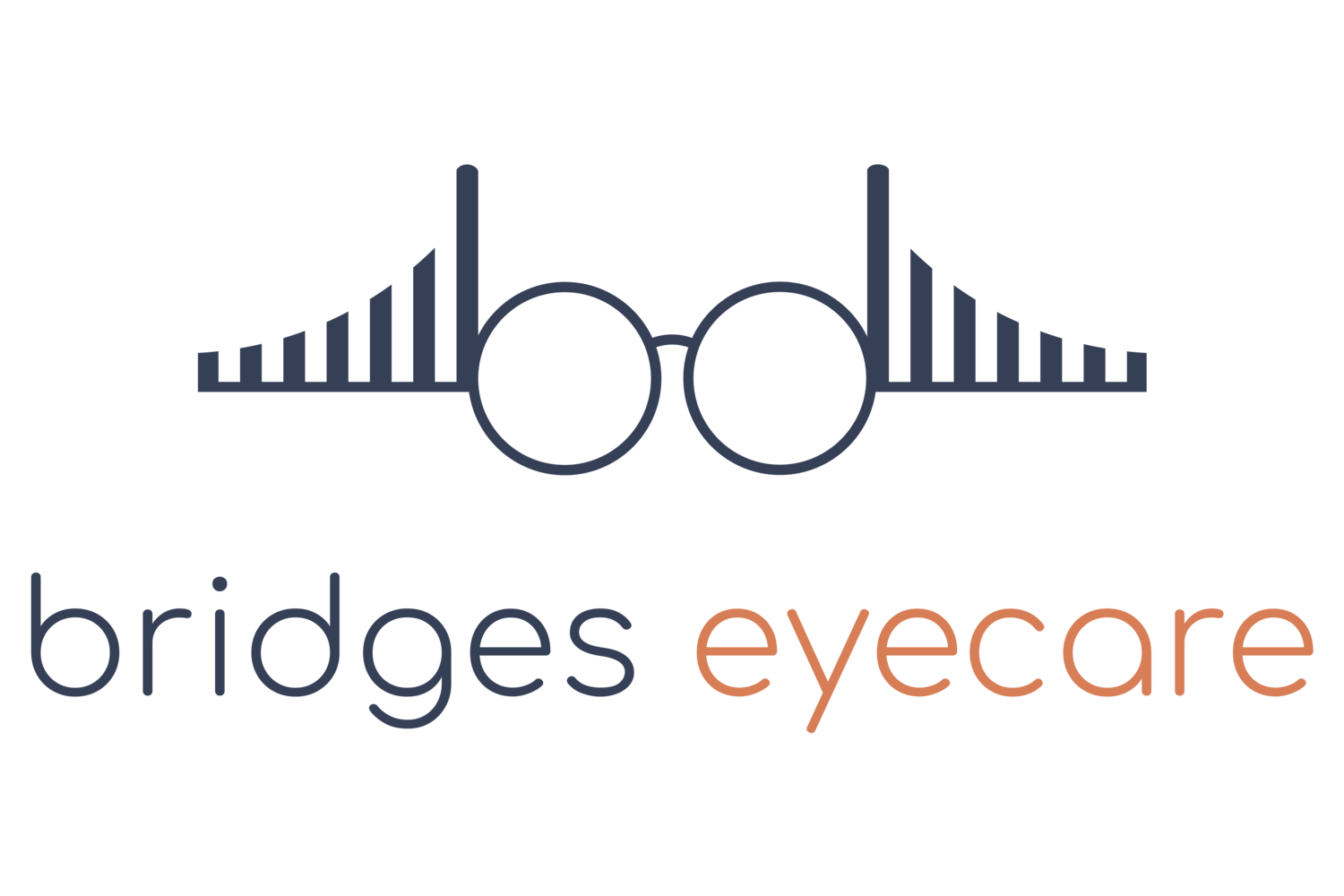Styes, Hordeolum, and Chalazion: What You Need to Know and Why You Should See an Eye Doctor
If you’re dealing with a painful, swollen bump on your eyelid, chances are it’s a stye. While a stye can be uncomfortable and frustrating, it’s essential to know how to treat it properly and when to seek professional care. Many people mistakenly turn to urgent care centers when faced with an eye issue, but when it comes to conditions like styes, red eye, or eye infections, seeing an experienced optometrist at Bridges Eyecare in Long Island City can provide a more targeted and effective solution.
Let’s dive into what a stye is, the differences between a hordeolum and chalazion, and why it’s beneficial to trust your eye care to a specialist.
What Is a Stye (Hordeolum) and How Does It Develop?
A stye, also known by its medical term hordeolum, is a small, painful bump that forms on the eyelid due to an infection in one of the oil glands of the eyelash follicles or the sweat glands. It typically appears as a red, swollen lump that can be tender to the touch and may cause discomfort, irritation, and even tearing.
The cause of a hordeolum is often a bacterial infection, usually by Staphylococcus aureus, which is commonly found on the skin. When these bacteria clog the gland, it can lead to swelling and pus buildup. Styes can affect both the upper and lower eyelids and can develop quickly, sometimes appearing overnight.
Chalazion: A Less Painful Bump, But Still a Concern
A chalazion is a similar bump to a stye but is often less painful and caused by a blockage in the oil-producing glands of the eyelid. While a stye is an infection, a chalazion is typically the result of an inflammation due to the gland being blocked. It can appear as a firm, painless bump, but over time, if untreated, it can grow larger and may lead to more serious eye issues.
Although both styes and chalazions affect the eyelids, a chalazion is usually slower to develop and doesn’t present the same level of pain or redness associated with a stye. That being said, it’s still important to seek professional care to avoid further complications.
Home Remedies for Styes: Quick Relief or a Temporary Solution?
If you notice a bump on your eyelid, it’s tempting to jump straight into home remedies. For a stye or chalazion, the most common home treatment is applying a warm compress to the affected area. This can help loosen any blocked oils, reduce swelling, and promote drainage. Applying a warm, damp cloth for 10-15 minutes several times a day can provide relief in many cases.
Over-the-counter treatments like lubricating eye drops or ointments can also help soothe the irritation. However, it’s important to avoid squeezing or popping the stye, as this can cause the infection to spread or worsen.
While home remedies can offer temporary relief, they’re not always enough to completely resolve the issue, especially if the stye is large, painful, or recurrent. This is where an eye doctor comes in.
Why See an Optometrist for a Stye?
When it comes to eye health, it’s always better to err on the side of caution. While urgent care centers may provide quick access to care, they typically don’t specialize in eye conditions. Optometrists, like the ones at Bridges Eyecare in Long Island City, are specifically trained to diagnose and treat ocular conditions. Here's why seeing an eye doctor for a stye is often the best option:
Accurate Diagnosis: An eye doctor can differentiate between a stye, chalazion, or other potential eye conditions that may look similar but require different treatments.
Advanced Treatment Options: If the stye does not respond to home remedies, an optometrist can prescribe antibiotic ointments or drops, and in some cases, perform minor procedures like drainage or incision to relieve the infection. This can prevent the stye from becoming more severe or recurring.
Prevention of Complications: Styes, if left untreated, can sometimes lead to more severe issues like an abscess, which may require surgical intervention. Seeing an optometrist early on can help prevent these complications and ensure proper healing.
Personalized Care: Every patient is unique, and your eye doctor can offer tailored advice to help you manage your eye health in the long run. They can also provide guidance on how to avoid future styes or chalazions.
Prognosis: What to Expect
The good news is that most styes and chalazions improve with the right treatment. If caught early, a stye usually resolves within 7-10 days with proper care. In cases where a stye is more persistent or develops into a chalazion, it may take a few weeks to fully heal. If an infection spreads or doesn’t improve, your optometrist can guide you through the next steps for effective treatment.
For chalazions, some may require minor surgical procedures to remove the blockage, but these procedures are typically quick and have minimal recovery time.
Eye Emergencies? Call Bridges Eyecare Today
At Bridges Eyecare, we understand the importance of timely and effective eye care. Whether you’re dealing with a stye, red eye, eye infection, or any other ocular emergency, we’re here to provide the specialized care you need. While urgent care centers may treat general conditions, only an experienced optometrist can ensure you get the precise diagnosis and treatment for eye health concerns.
If you or a loved one are experiencing symptoms of a stye, chalazion, or any other eye issue, don’t wait. Contact Bridges Eyecare in Long Island City to schedule an appointment today. Our team is here to help you see clearly and comfortably!
Call Us Today: Your Eye Health is Our Priority
At Bridges Eyecare, your vision is our priority. If you’re experiencing any eye-related issues or need immediate care for a stye or other eye emergency, don’t hesitate to give us a call. We’re here to provide expert care with a personal touch!
Call or text us at 718-786-5892.
